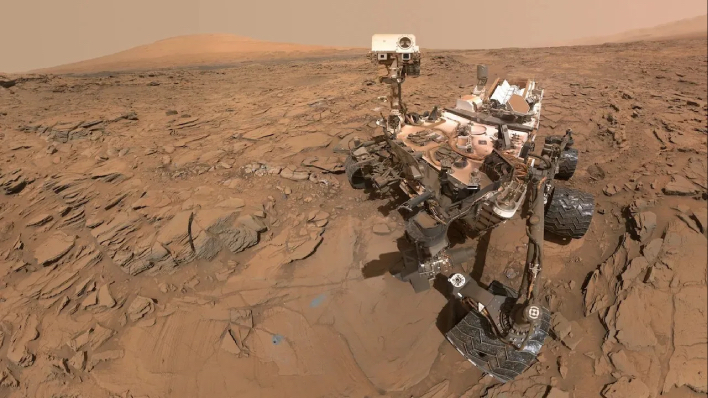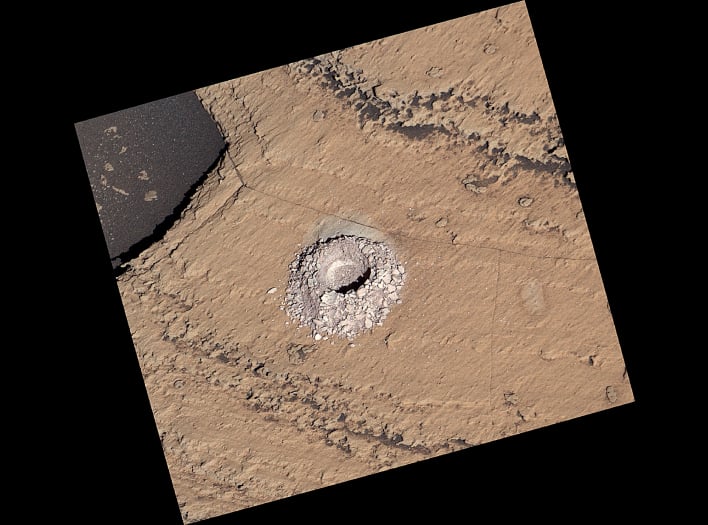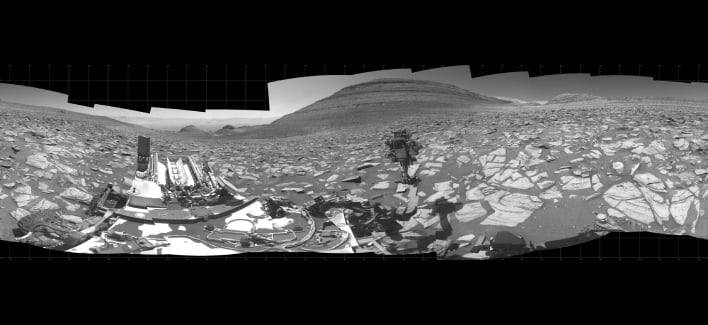NASA's Curiosity Rover Celebrates Historic Martian Milestone Of 4000 Sols On Mars

Curiosity landed in Gale Crater on August 5, 2012, and has remained busy ever since. At launch, the Curiosity rover was the largest and most advanced rover ever sent to Mars by the space agency. The rover began its first drive on August 29, 2012, and the rest is history. It continues to explore the Red Planet and study its ancient habitability and potential for life on Mars.
The rover recently drilled its 39th sample and then collected the "pulverized rock" into its storage for analysis. Scientists hope the new sample will reveal more about how the planet's climate and habitability have evolved. The sample comes from the base of 3-mile-tall (5-kilometer-tall) Mount Sharp, where scientists believe layers formed in different periods of Martian history and hold clues to how the Red Planet's climate changed throughout history.

If the team is unable to "nudge" the filter wheel back toward its setting, the mission would be reliant on the higher resolution 100mm focal length right Mastcam for the primary color-imaging system. The issue would affect how the team searches for science targets, and the routes the rover would take would be altered. This is because the right camera must take nine times more images than the left to cover the same area.

Curiosity has stood the test of time and continues to provide scientists with new information about the Red Planet. All of that information plays a vital role in future missions to Mars, especially those that include humans.

